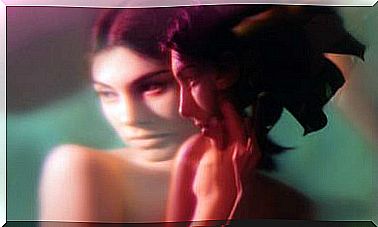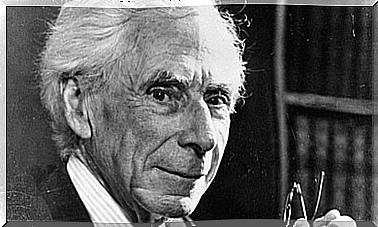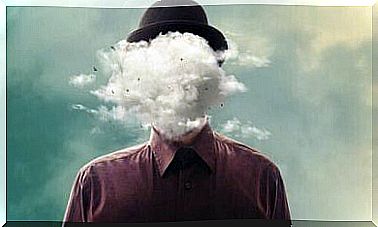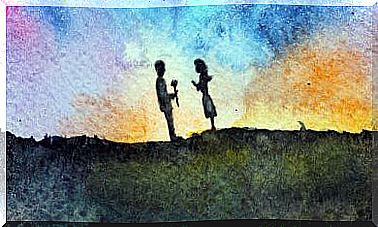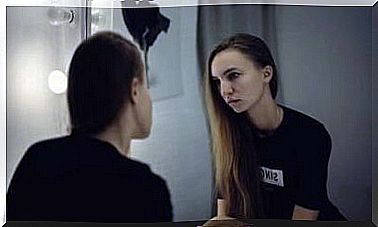Freud, The Series: What’s Real And What’s Not In Netflix’s New Fiction
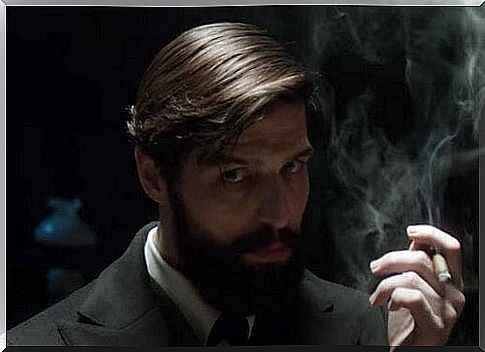
People continue to be interested in the life of Sigmund Freud. He is the subject of conversations and classes, and now a figure of fiction. However, Netflix’s new series, ‘Freud’, does not shed much light on the life and work of this Austrian neurologist. On the contrary, it helps to create even more confusion.
There is little historical, biographical, and academic data accurately reflected in the series, as it is historical fiction. In fact, the series wonders how Freud could have used his psychoanalytic skills to solve crimes.
Series director Marvin Kren said he didn’t want the final product to look too historic, but rather for young, modern audiences to be interested in it. No sooner said than done.
Furthermore, the series is a mix of modern, provocative and historical elements. But why mix the father of psychoanalysis with crimes and sessions of spiritualism? Wasn’t there already enough controversy and confusion associated with it?
Apparently no. In fact, this interest in making him a character mixed with fiction is not recent. In this article, we’ll talk about Freud’s previous “cinematic and artistic forays” and clarify what’s real in this recent Netflix fiction.
” loading=”lazy” width=”500″ height=”281″ src=”https:// www.youtube.com/embed/6I-B67dHZHE?feature=oembed” frameBorder=”0″ allow=”accelerometer; autoplay; encrypted-media; gyroscope; picture-in-picture” allowfullscreen=””]
The great cinematographic interest behind Freud
Currently, Freud’s work is more studied in the humanities than in science departments. Its popularity doesn’t exactly come from its scientific rigor. However, Freud had the advantage of being an extremely good writer who illustrated psychoanalysis with reference to the work of great artists such as Shakespeare, Dostoevsky and Leonardo da Vinci.
In a way, it is thanks to art and cinema that his work and theoretical premises arouse interest in the general public. In fact, Stefan Marianski of the Freud House Museum in London said: “You don’t need to read Freud to live in a world where he matters or to think in a Freudian way.”
On the other hand, Nicholas Ray, a professor at the University of Leeds, says that, for popular culture, his work has been processed to lighten up and turned into a warm and reassuring fantasy.
This was not just the case with Freud’s work. It is also notable in the case of virtually all of Woody Allen’s work, in the father-son dynamic in Star Wars: The Empire Strikes Back or Back to the Future , as well as in novels by Virginia Woolf and James Joyce, Salvador Dalí and the surrealists, The Sopranos and Frasier and, more specifically, the 2011 film A Dangerous Method, with Viggo Mortensen.
Previous attempts to make a series of detectives with Freud
The 2006 novel The Interpretation of Murder (Jed Rubenfeld) explored Freud solving a murder case. It was based on the first and last visit of the father of psychoanalysis to New York in 1909.
In 2014, Frank Spotnitz, director of The X – Files , was ready to write Freud: The Secret Casebook . In it, he intended to use his theories to solve unsolved cases. However, the series never materialized.
Freud , the series: what is real and what is not
Freud was born in Freiberg (a city now called Pribor in the Czech Republic). His family moved to Leipzig and then settled in Vienna forever.
Little data can be clearly extracted from this series. Below, we selected some of them.
Dates of your medical studies
He studied medicine at the University of Vienna and worked at the city hospital. He graduated from this university as a physician in 1881. Later, in 1885, he completed his licentiate and began his career in neuropathology as a university professor.
The series develops in 1886, so it seems to agree with his interesting theory and revision of the first real cases.
Cocaine addiction
Freud tried cocaine for the first time in his youth. He believed it was a “miracle drug”. In 1884, he wrote an article entitled “ Über coca ”, a kind of eulogy to this substance, as he was impressed by its physical and psychological effects. Only later did he discover that he was addicted to this drug.
Netflix’s eight-episode series correctly explores his cocaine addiction.
Early psychoanalytic practice with Breuer
In 1886 he began private practice in Vienna and began using hypnosis in his work. It should be noted that hypnosis was an unpopular approach at the time.
Interestingly, the series explores this part of his life. Including, it adopts the approach of his friend Josef Breuer, physician with whom he collaborated to write Studies on Hysteria .
His work highlights Breuer’s experiences in treating his patient Anna O, diagnosed with hysteria. Due to inconsistencies in the results, Freud eventually abandoned the technique of hypnosis and then developed what he called “free association”. It’s important to mention that the series doesn’t clarify all this relationship with your mentor.
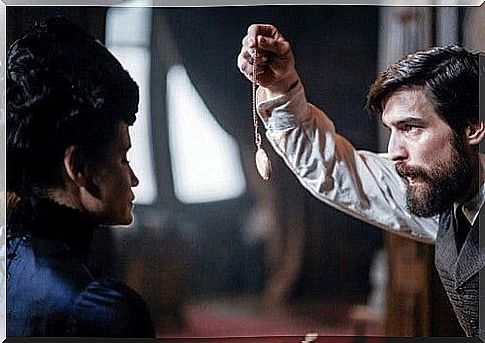
Romance with Fleur Salomé
In this series, there is another aspect that seems to be based on real life. It is the character of Fleur Salomé, a medium who joins the plot to help solve cases. The inspiration for this character is the psychoanalyst Lou Andreas-Salomé.
There were always rumors that Freud and Lou Andreas-Salomé had feelings for each other. However, no one has been able to prove this. In terms of accuracy, the series takes place in the 1880s, and historians claim that they didn’t meet until 1911.
murder detective
Sigmund Freud was never responsible for any criminal investigation or helped to solve crimes of any kind. The series also portrays him participating in dark sessions of spiritualism. However, there is no record of this either.
He was a great reader of crime novels, including those about Sherlock Holmes. This leads us to think that, even though he didn’t solve crimes in real life, he was definitely a fan of this literature.
As you can see, there is very little to rescue the Freudian theories over the eight chapters of Freud , but perhaps some of its concepts have originated imagination and construction of this fiction.

